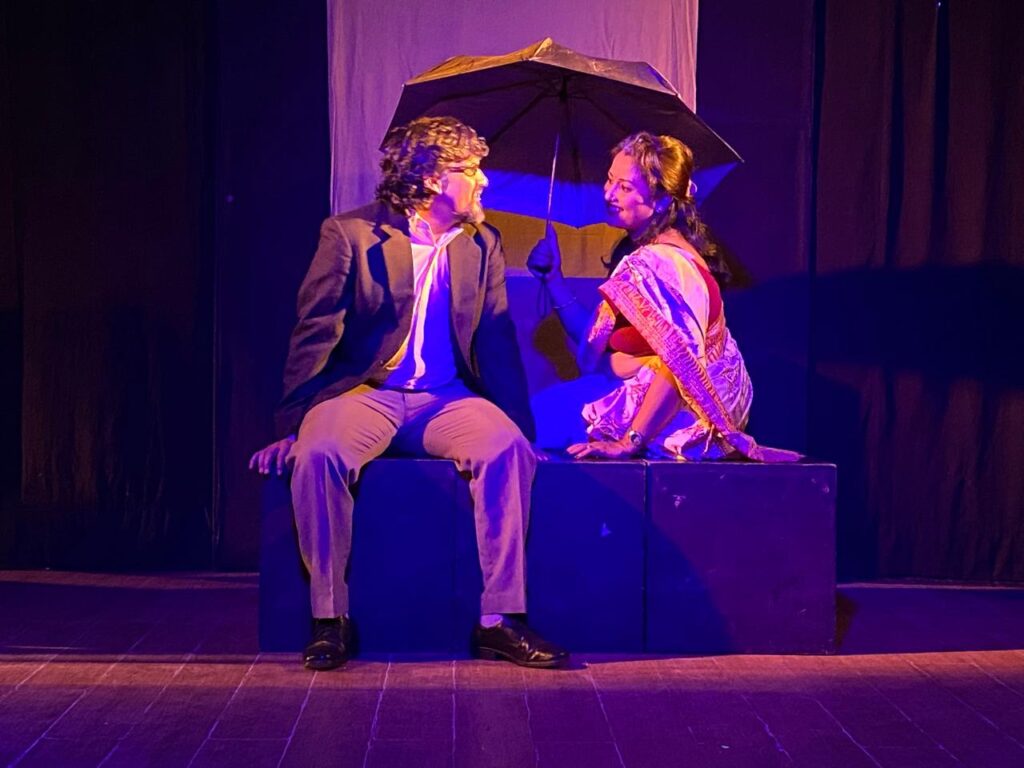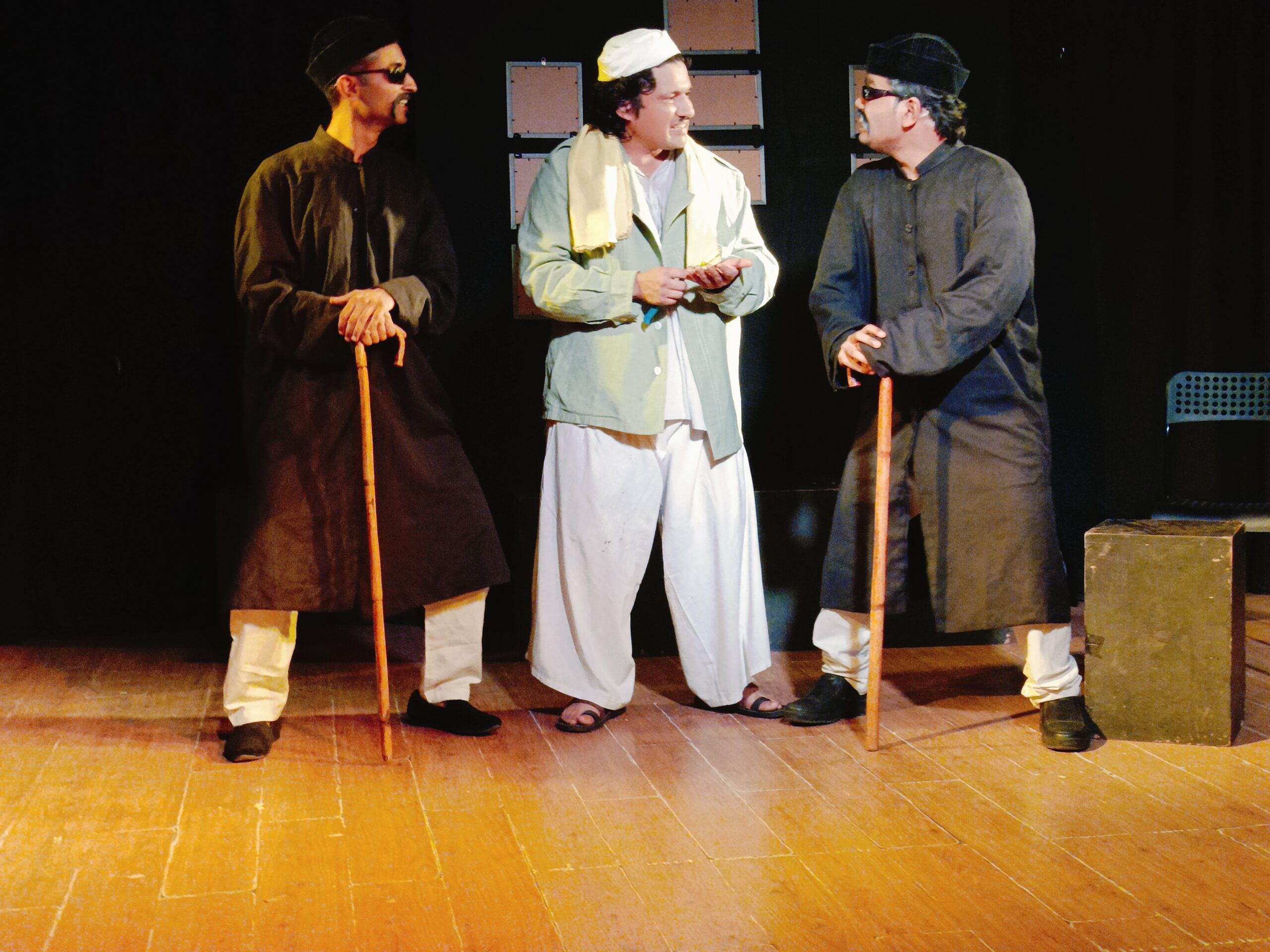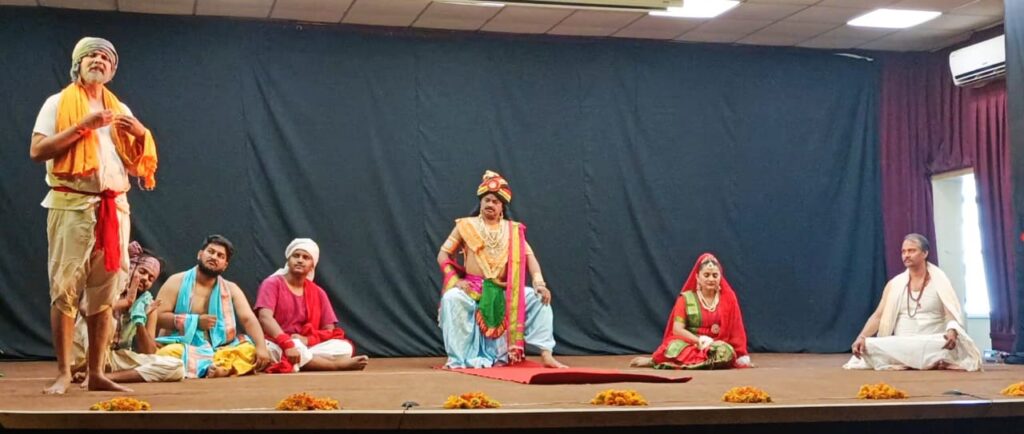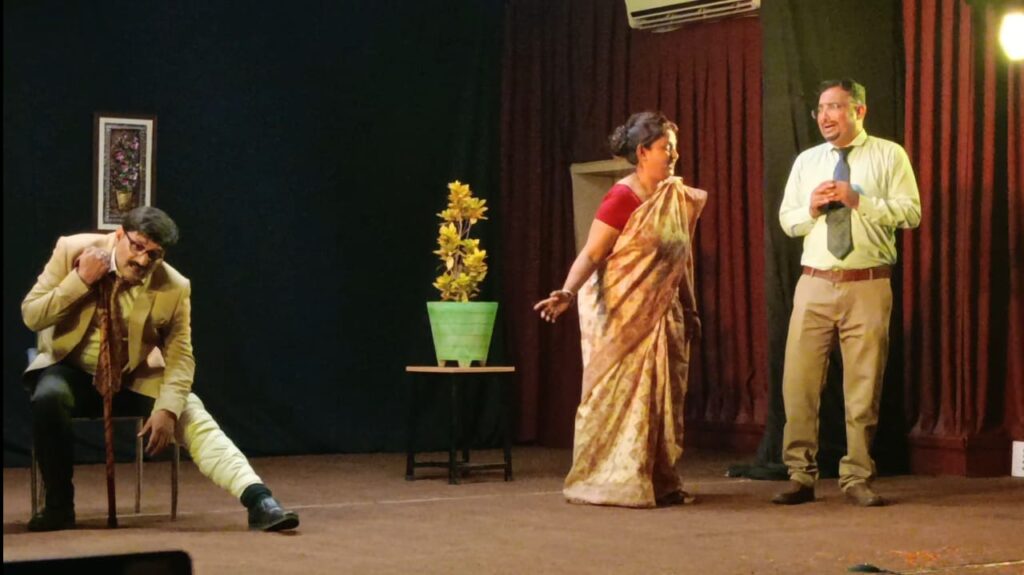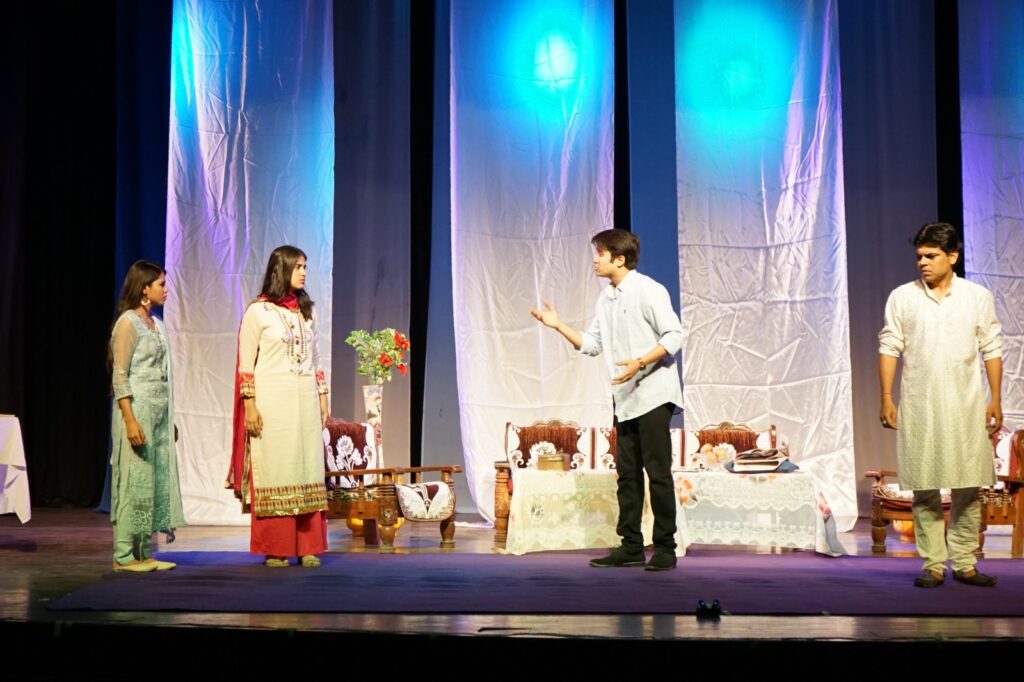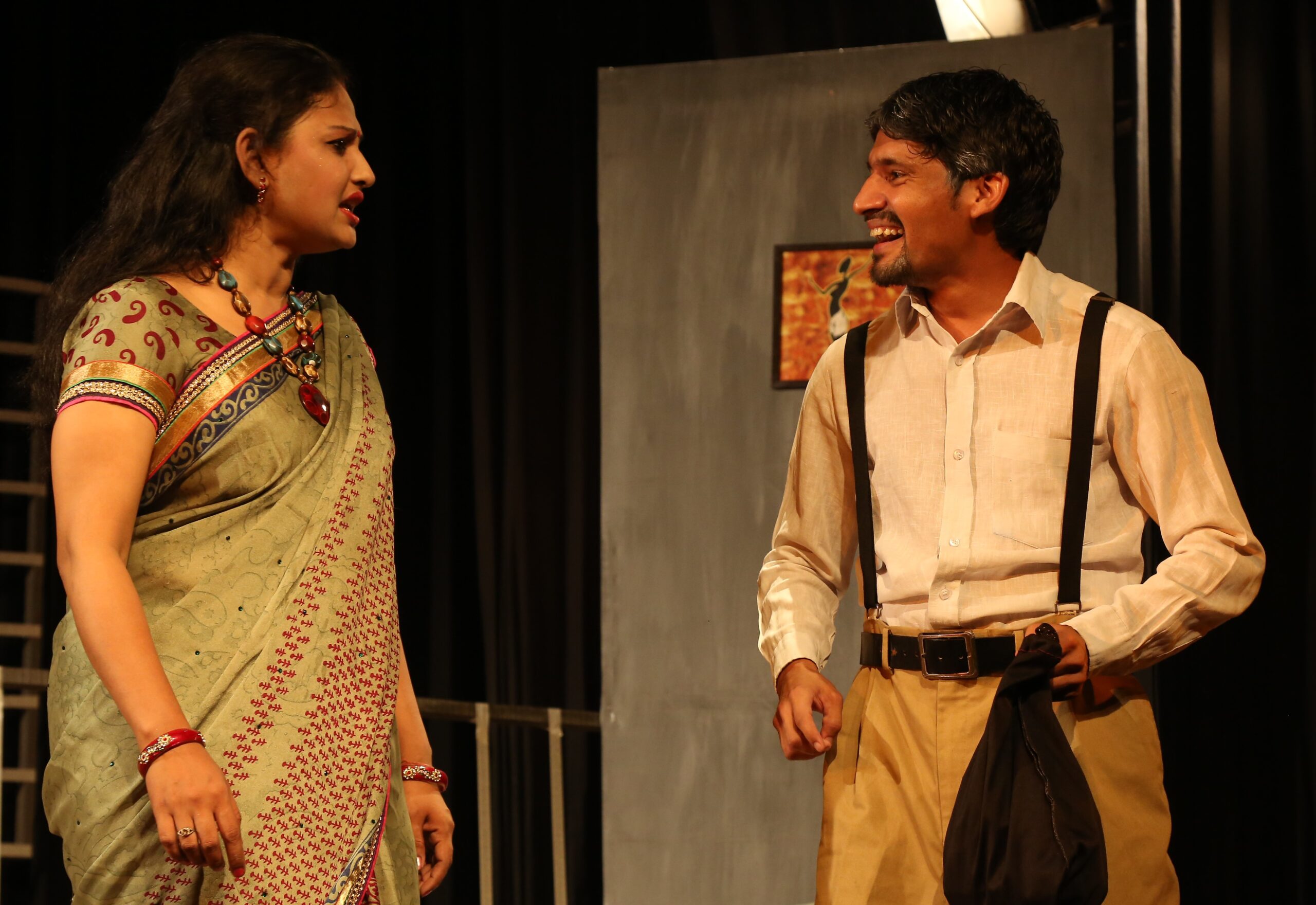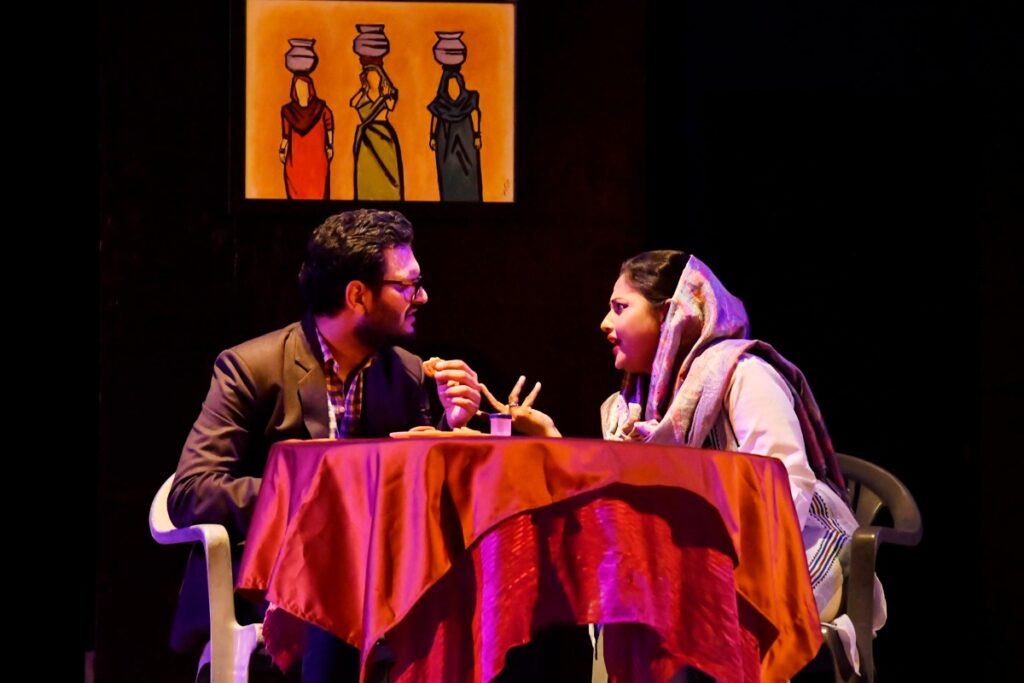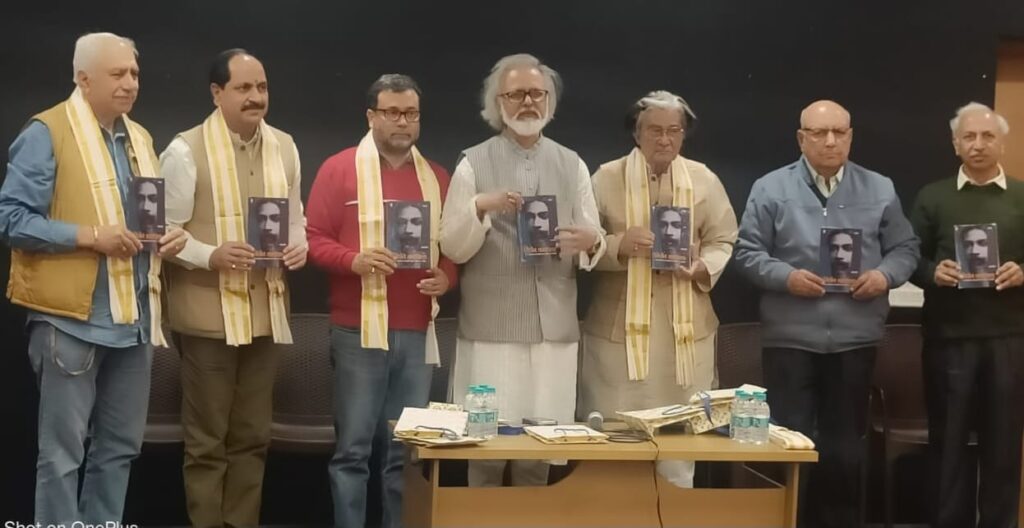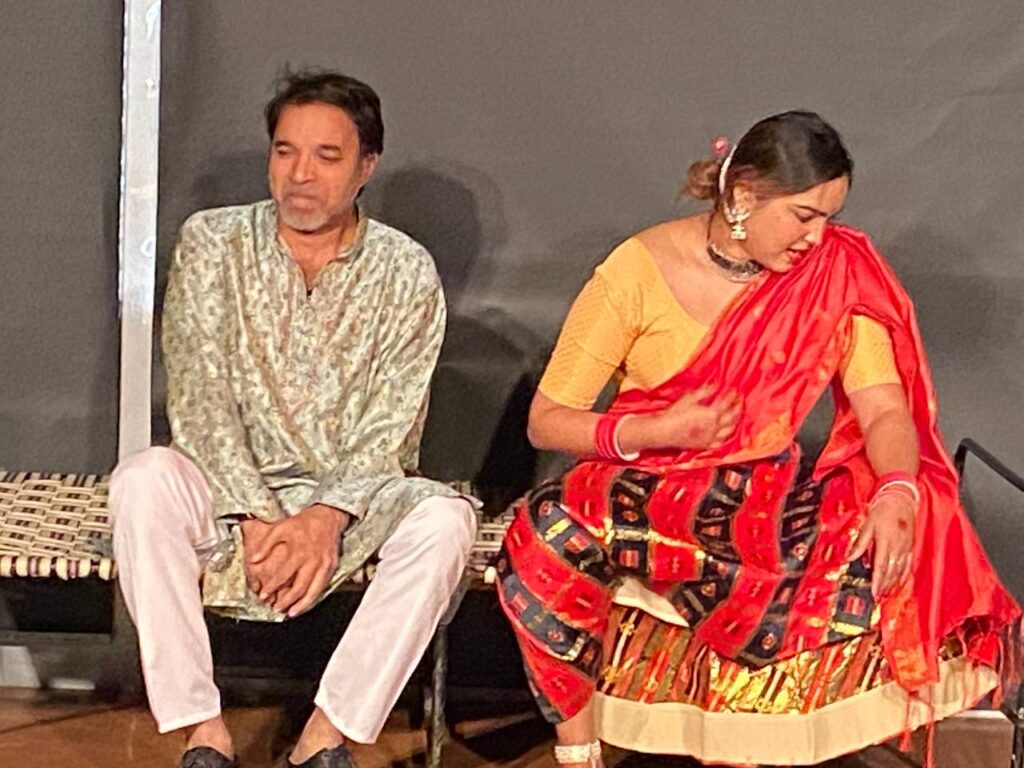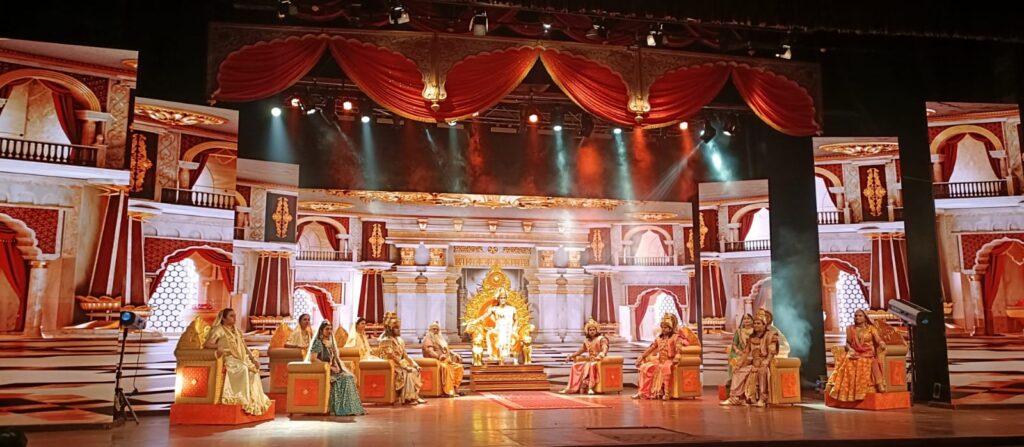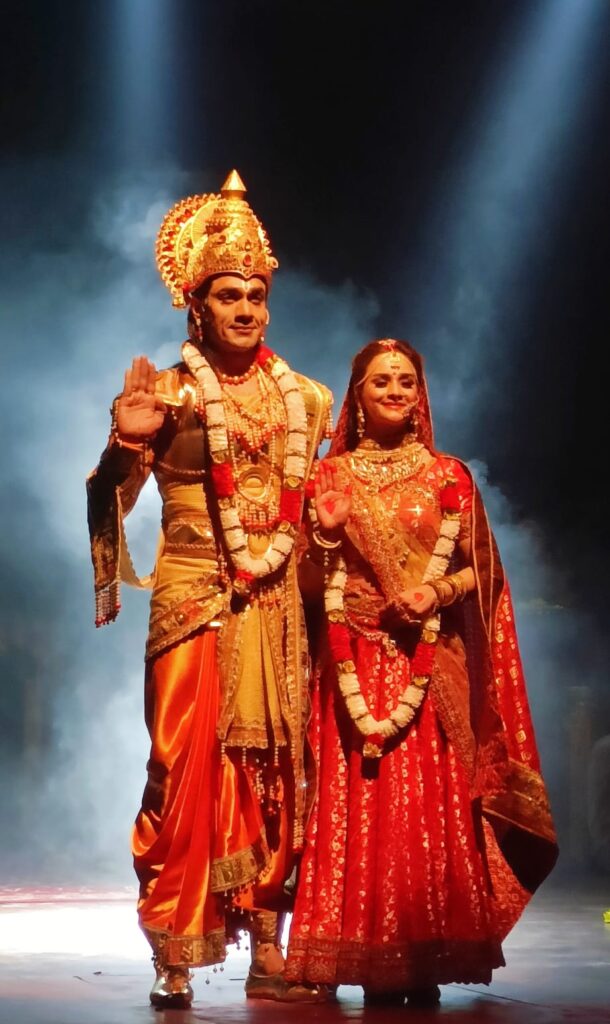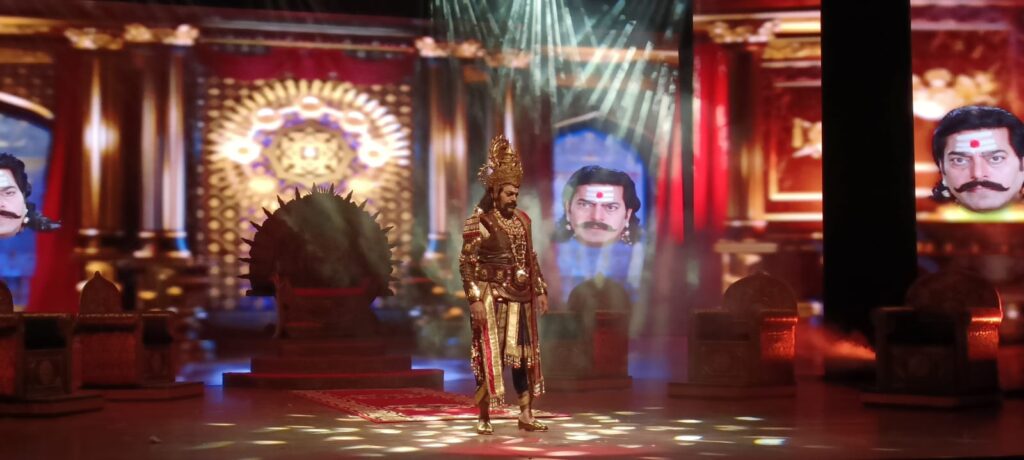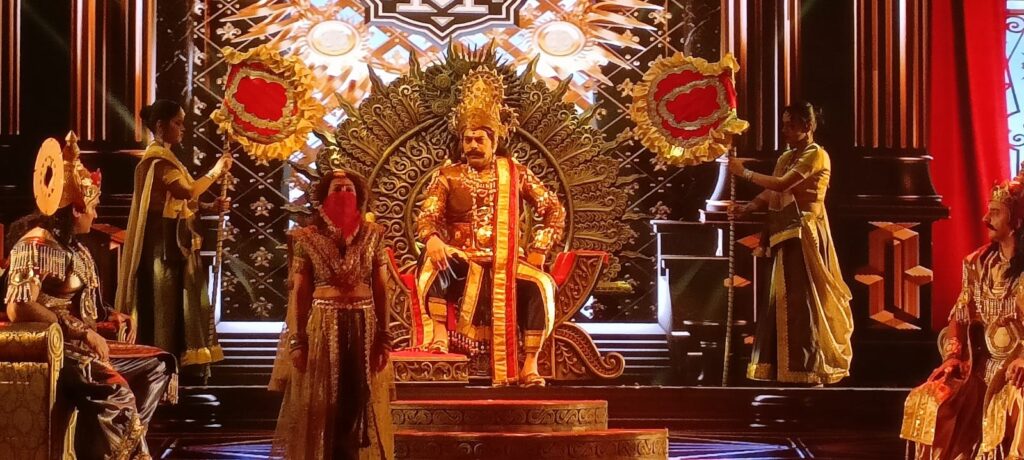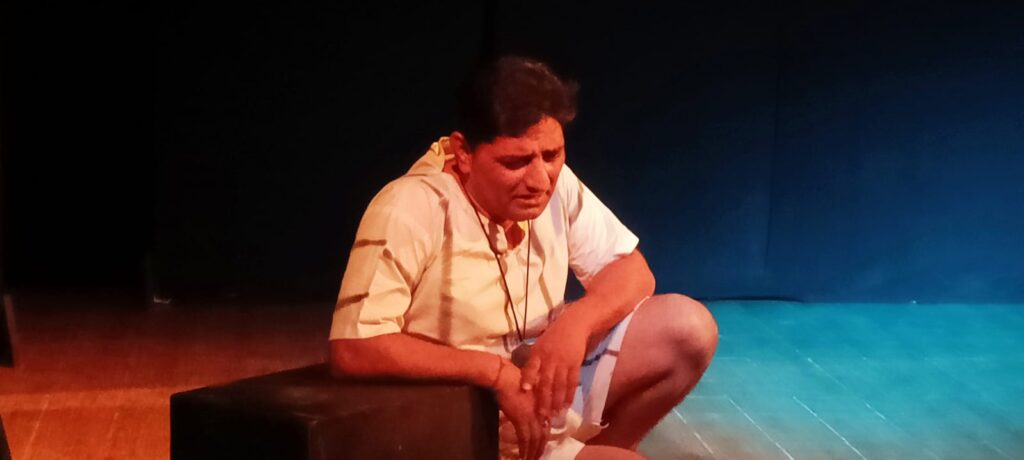National Drama Festival in Rohtak Showcases Diverse Plays and Talents
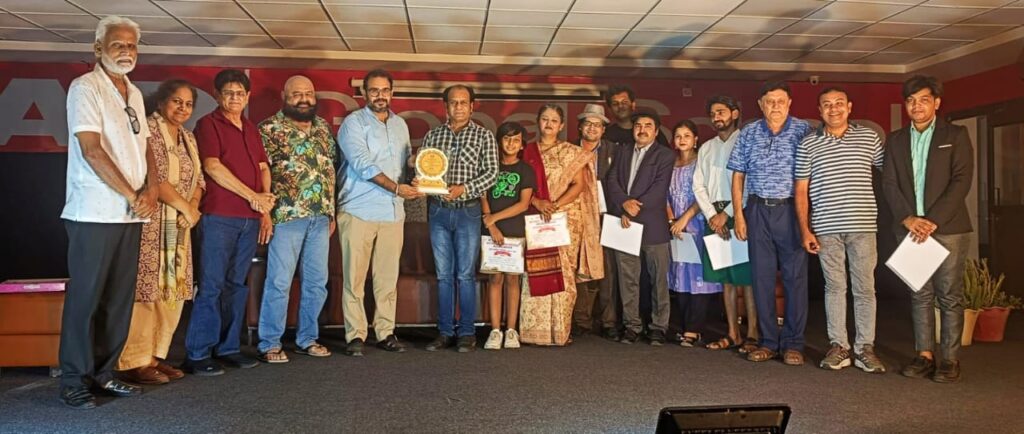
Rohtak. Five different plays are being staged in the five-day National Drama Festival organized by Haryana Institute of Performing Arts Rohtak, Pathania World Campus, Zad Global School and Department of Art and Cultural Affairs Haryana. The play “Popcorn” directed by Kedar Thakur of Shimla and written by Ashish Pathak, the play Kambakht Ishq directed by Shyam Kumar of Delhi and written by Satya Prakash Darwa, “Sandhya Chaya” directed by Sunil Chauhan of Delhi and written by Jayant Dalvi, the play “Saiyaan Bhaye Kotwal” directed by Vishaw Deepak Trikha of Rohtak and written by Vasant Sabnis and the play “Bonus Show” directed by Kajal Suri of Delhi and written by Aziz Qureshi will be staged.
The second evening of the five-day National Drama Festival was dedicated to the presentation of Natsamrat Delhi’s ‘Kambakht Ishq’. In this play directed by Shyam Kumar, the truth and essence of the life of the elderly was depicted in a very interesting way. This presentation full of humor tickled the audience a lot.

The plot of the comedy drama Kambakht Ishq revolves around two elderly people for whom their children do not have time. Due to the busy life and lack of love from children, the elderly try to attract the attention of children in the guise of love. The children’s problems increase when both the elderly people fall in love with each other and start meeting secretly.
The drama was successful in giving the message that people forget that ‘a true companion is needed the most in old age, to share one’s feelings.’ This problem and the struggle of loneliness in old age was seen in this presentation with a touch of laughter.
The actors presented the story of the drama in a very interesting manner and received a lot of applause from the audience. Sanjay Basliyal in the role of Kishan and Munmun in the role of Radha won everyone’s heart with their excellent acting. PK Khyal in the role of doctor, Aman Kumar in the role of Jai, Shivangi in the role of Leela and Raman Kumar as compounder also impressed. Sunil Rathore and Rohit Prasad were the stage managers while Suraj and Lokesh took care of the stage material. Make-up was done by Rajrani and costumes by Payal. Music direction was done by Vansh Rathore and lighting design was done by Natsamrat director Shyam Kumar.

